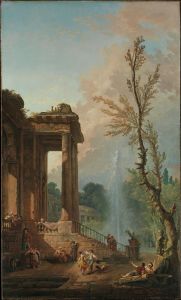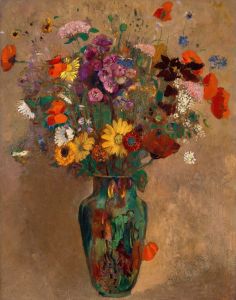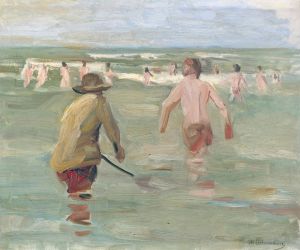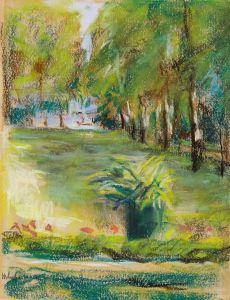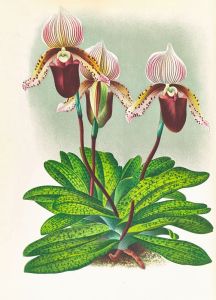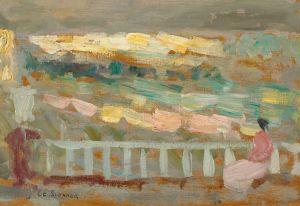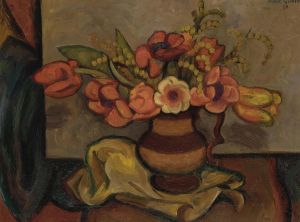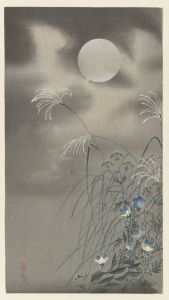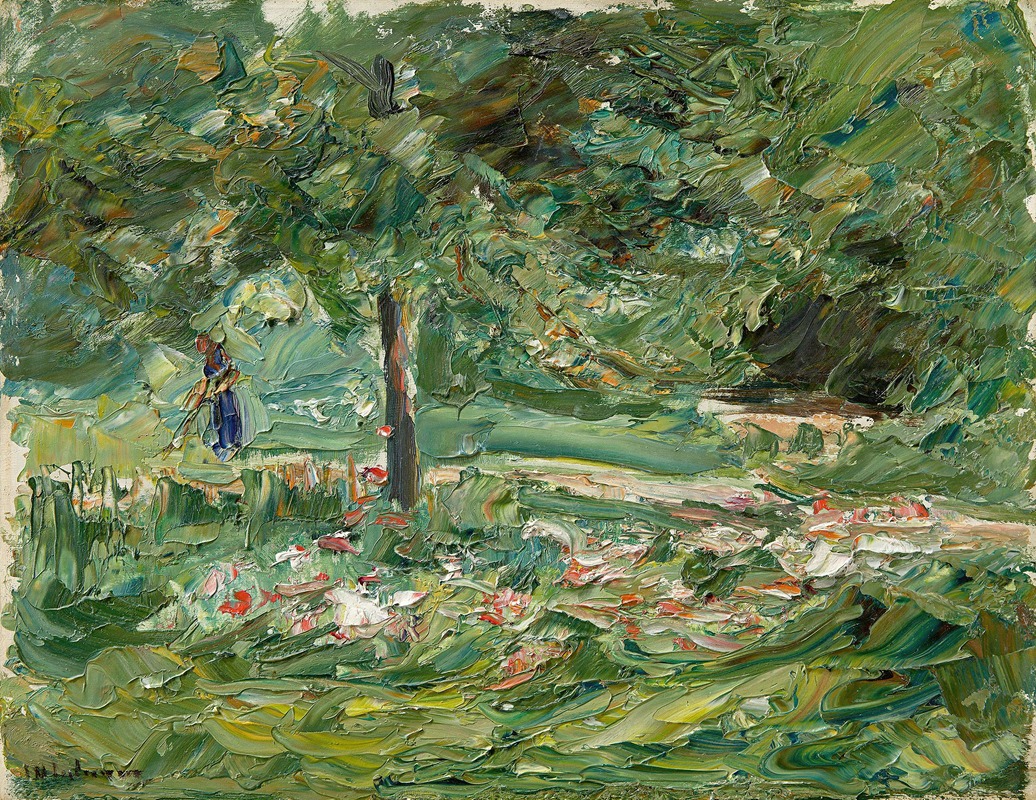
Wannseegarten
A hand-painted replica of Max Liebermann’s masterpiece Wannseegarten, meticulously crafted by professional artists to capture the true essence of the original. Each piece is created with museum-quality canvas and rare mineral pigments, carefully painted by experienced artists with delicate brushstrokes and rich, layered colors to perfectly recreate the texture of the original artwork. Unlike machine-printed reproductions, this hand-painted version brings the painting to life, infused with the artist’s emotions and skill in every stroke. Whether for personal collection or home decoration, it instantly elevates the artistic atmosphere of any space.
"Wannseegarten" is a painting by the German artist Max Liebermann, created in 1923. Max Liebermann (1847–1935) was a leading figure in the German Impressionist movement and one of the most influential artists of his time. He is known for his depictions of everyday life, landscapes, and portraits, often characterized by loose brushwork and a vibrant use of color.
The painting "Wannseegarten" depicts the garden of Liebermann's summer residence at Wannsee, a lake located in the southwestern part of Berlin. Liebermann purchased the property in 1909 and spent many summers there, finding inspiration in the serene and picturesque surroundings. The garden, designed by Liebermann himself, became a frequent subject of his works, reflecting his deep appreciation for nature and his interest in capturing the effects of light and atmosphere.
In "Wannseegarten," Liebermann portrays a lush, sunlit garden scene with a view of the Wannsee lake in the background. The composition is marked by its vibrant colors and dynamic brushstrokes, which convey the lively and tranquil ambiance of the garden. The painting features a variety of plants and flowers, meticulously rendered to capture their natural beauty. The interplay of light and shadow creates a sense of depth and movement, enhancing the overall impression of a peaceful, idyllic retreat.
Liebermann's work on "Wannseegarten" is a testament to his mastery of the Impressionist style, which he adapted to suit his own artistic vision. His ability to capture the fleeting effects of light and color, combined with his keen observation of nature, results in a painting that is both realistic and evocative. The garden at Wannsee served as a personal sanctuary for Liebermann, and his paintings of the site reflect his intimate connection to the landscape.
"Wannseegarten" is part of a larger body of work that Liebermann created during his time at Wannsee, which includes numerous studies and paintings of the garden and its surroundings. These works are celebrated for their technical skill and emotional resonance, offering a glimpse into the artist's private world and his enduring love for the natural environment.
Today, "Wannseegarten" is recognized as one of Liebermann's significant contributions to German Impressionism. The painting is held in high regard for its artistic merit and its representation of Liebermann's unique approach to the Impressionist movement. It continues to be admired by art enthusiasts and scholars alike, serving as a reminder of Liebermann's legacy and his impact on the art world.
Max Liebermann's summer residence at Wannsee has been preserved as a museum, the Liebermann Villa, where visitors can explore the artist's life and work, including his beloved garden. The museum offers a comprehensive collection of Liebermann's paintings, drawings, and personal artifacts, providing insight into his creative process and the environment that inspired him.





